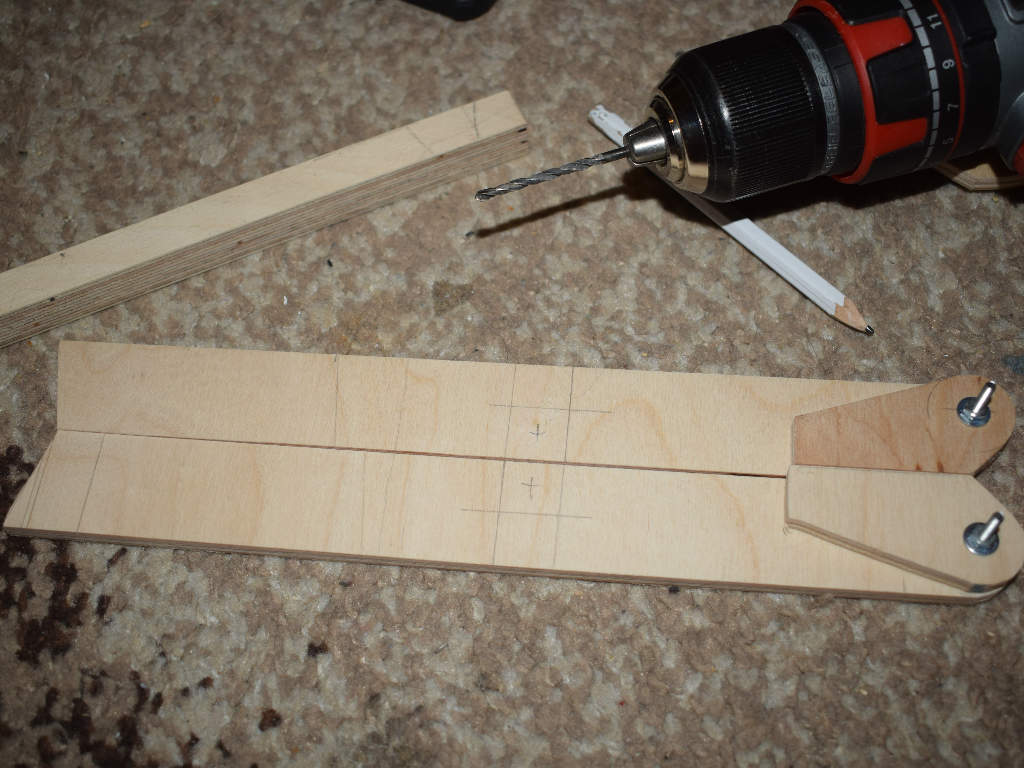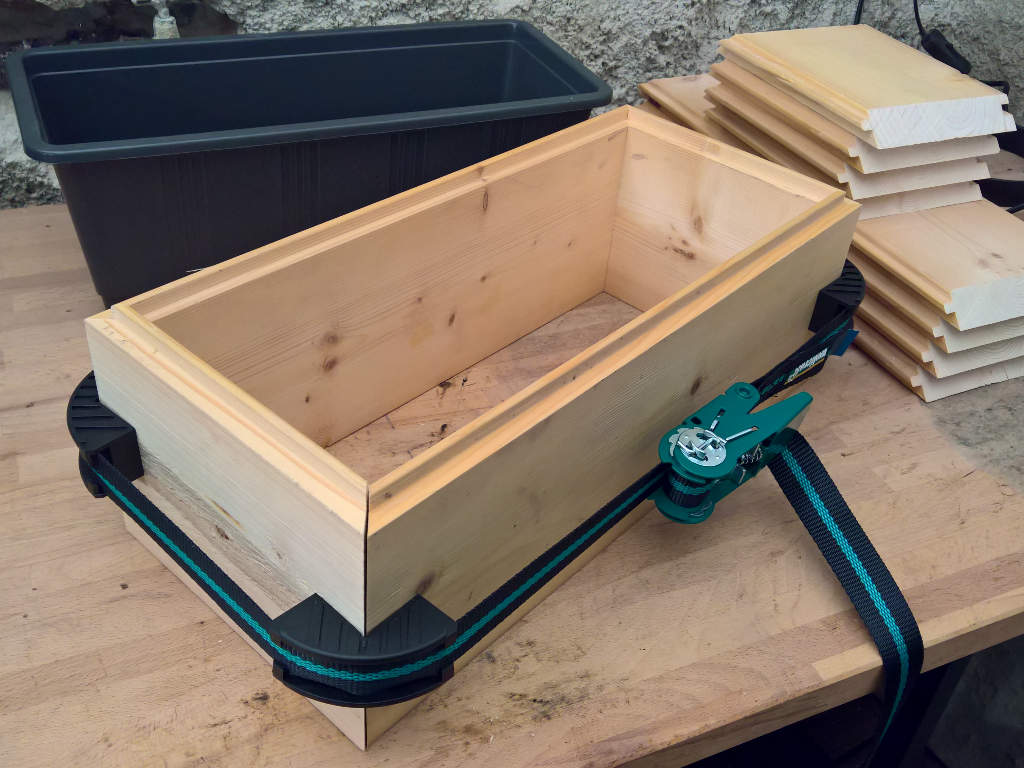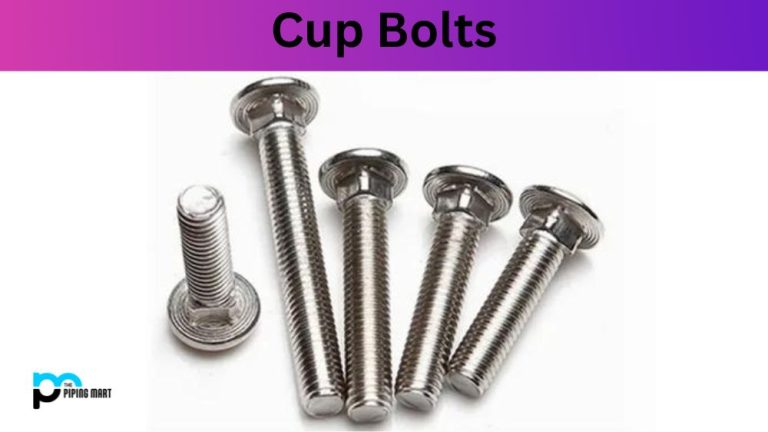Harnessing the Power: Understanding Hydraulic Systems
What are the key safety measures when working with hydraulic systems?
Safety should always be the primary concern when dealing with hydraulic equipment. Begin by conducting a thorough risk assessment of the work area and ensuring proper training for personnel involved in system operation and maintenance. Implement lockout/tagout procedures to prevent accidental activation of hydraulic machinery during maintenance or repair activities. Regularly inspect hoses, fittings, and connections for signs of wear or leaks, and replace damaged components immediately to prevent hydraulic fluid hazards.

How do I choose the right hydraulic hose for my application?
Selecting the appropriate hydraulic hose is critical for ensuring system performance and reliability. Consider factors such as pressure rating, temperature range, compatibility with hydraulic fluids, and environmental conditions. Choose hoses with the correct inner diameter and construction materials to withstand the demands of the application. Regularly inspect hoses for abrasions, kinks, or bulges, and replace them if any signs of damage are present to prevent hydraulic failures and downtime.
What maintenance practices are essential for prolonging the life of hydraulic components?
Regular maintenance is key to maximizing the lifespan of hydraulic systems and components. Establish a comprehensive maintenance schedule that includes routine inspections, fluid analysis, and component lubrication. Monitor fluid levels and quality regularly, and replace hydraulic fluid according to manufacturer recommendations to prevent system contamination and component wear. Inspect seals, O-rings, and fittings for signs of deterioration, and replace them as needed to prevent leaks and ensure system integrity.
How can I improve the efficiency of my hydraulic system?
Optimizing hydraulic system efficiency requires attention to several key areas. Ensure proper system design and component selection to minimize pressure losses and energy consumption. Use efficient pump and motor technologies, and implement variable speed drives or load-sensing controls to match system output to demand. Regularly monitor system performance and identify opportunities for improvement, such as reducing unnecessary fluid flow or upgrading to more efficient components. By implementing these strategies, operators can maximize the efficiency and productivity of their hydraulic systems.
Hydraulic systems play a critical role in various industrial applications, but their safe and efficient operation requires careful attention to safety protocols, hose selection, maintenance practices, and efficiency optimization strategies. By following best practices and staying proactive in system maintenance and performance monitoring, operators can minimize downtime, reduce operating costs, and ensure the long-term reliability of their hydraulic equipment.

